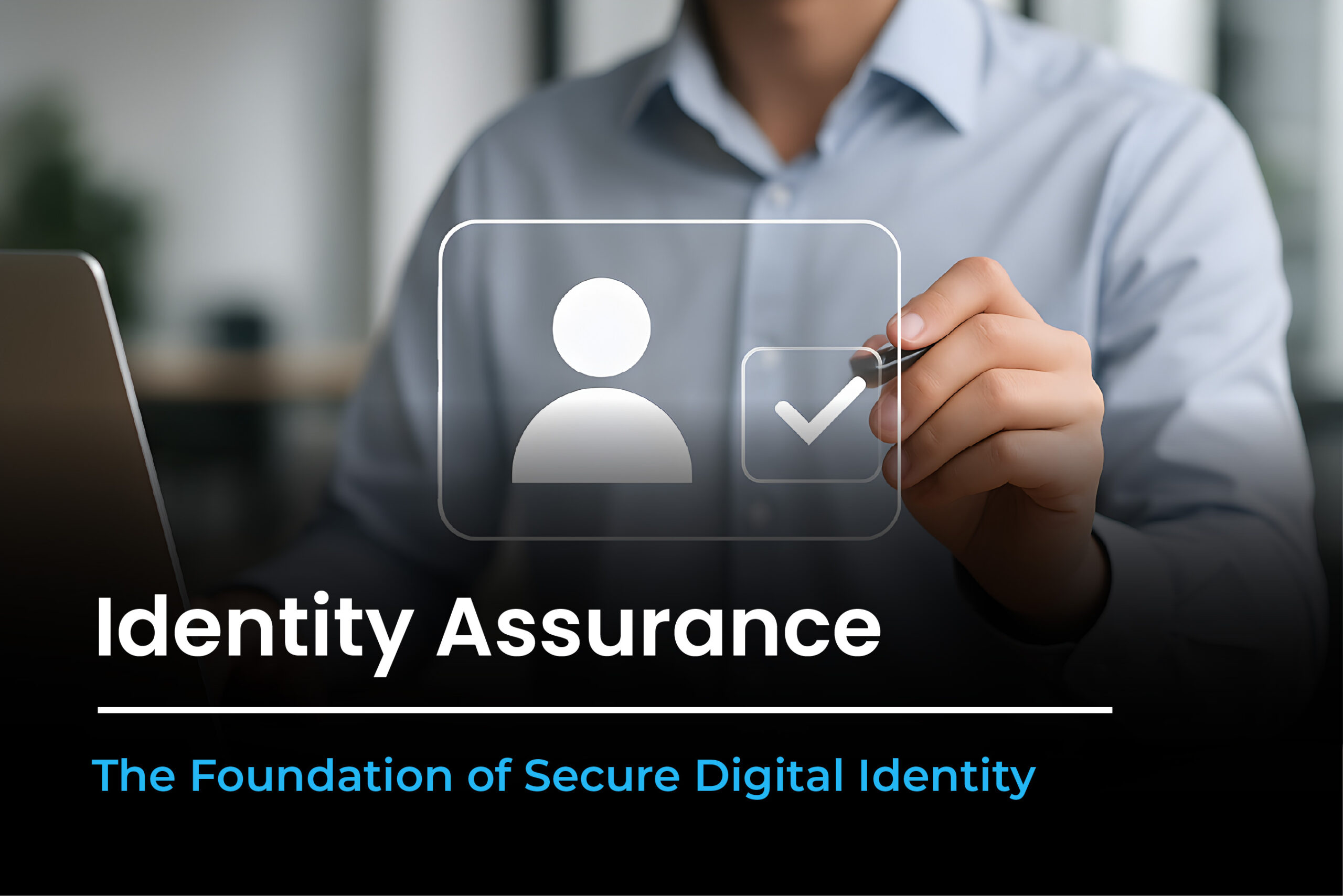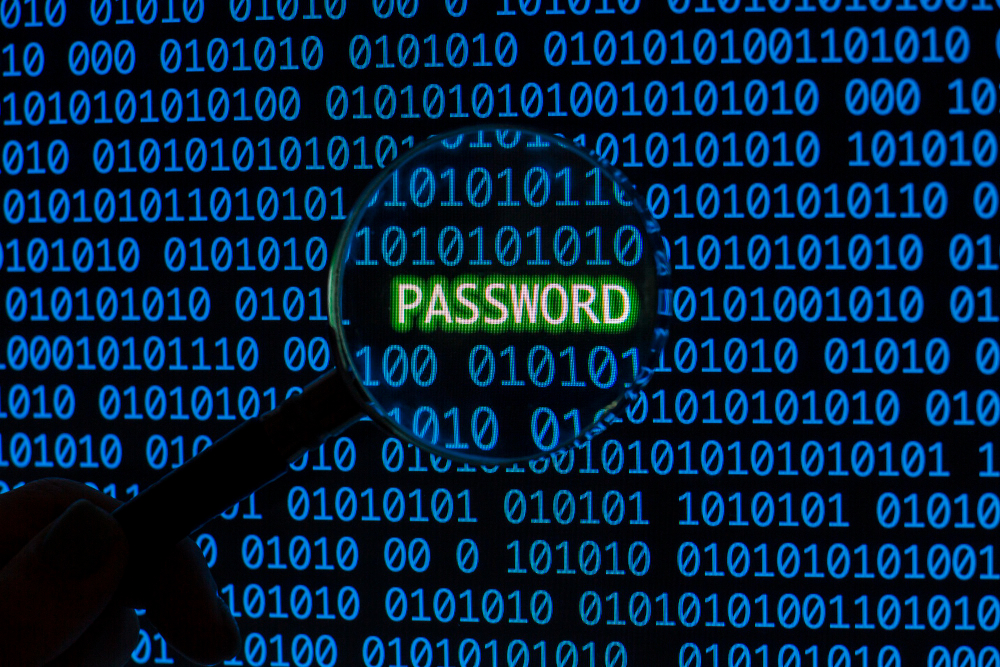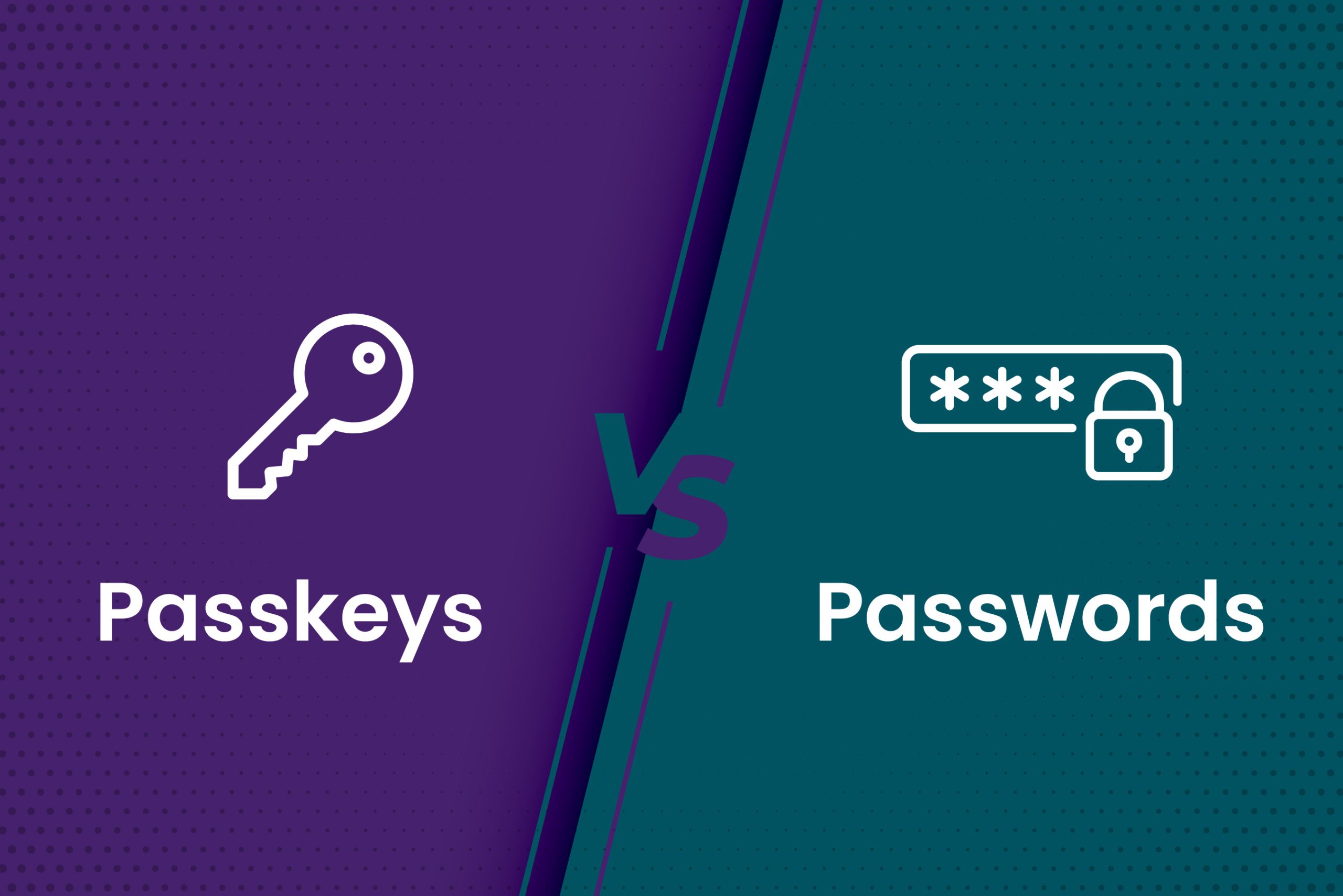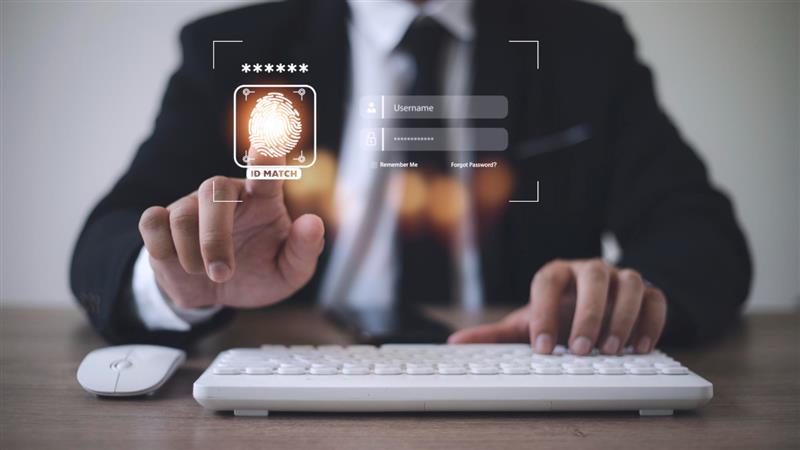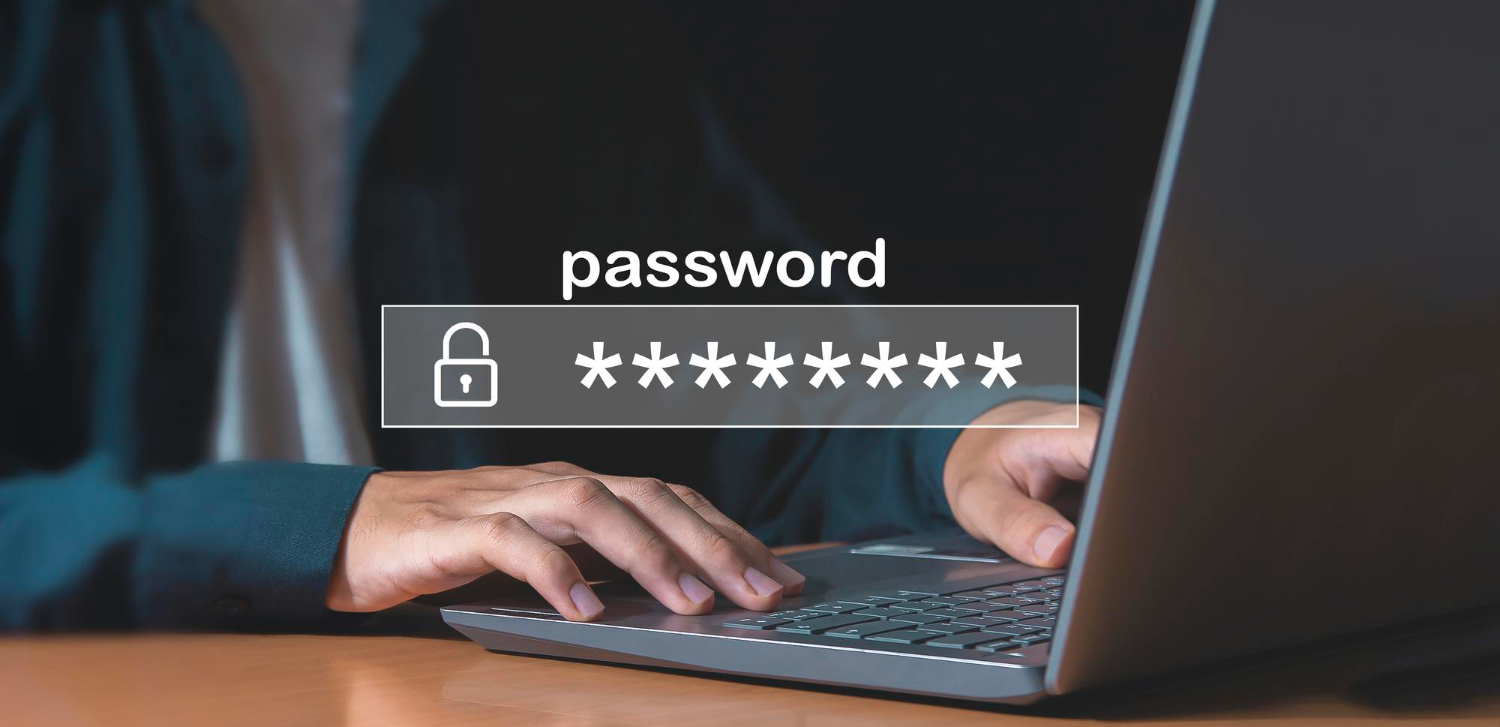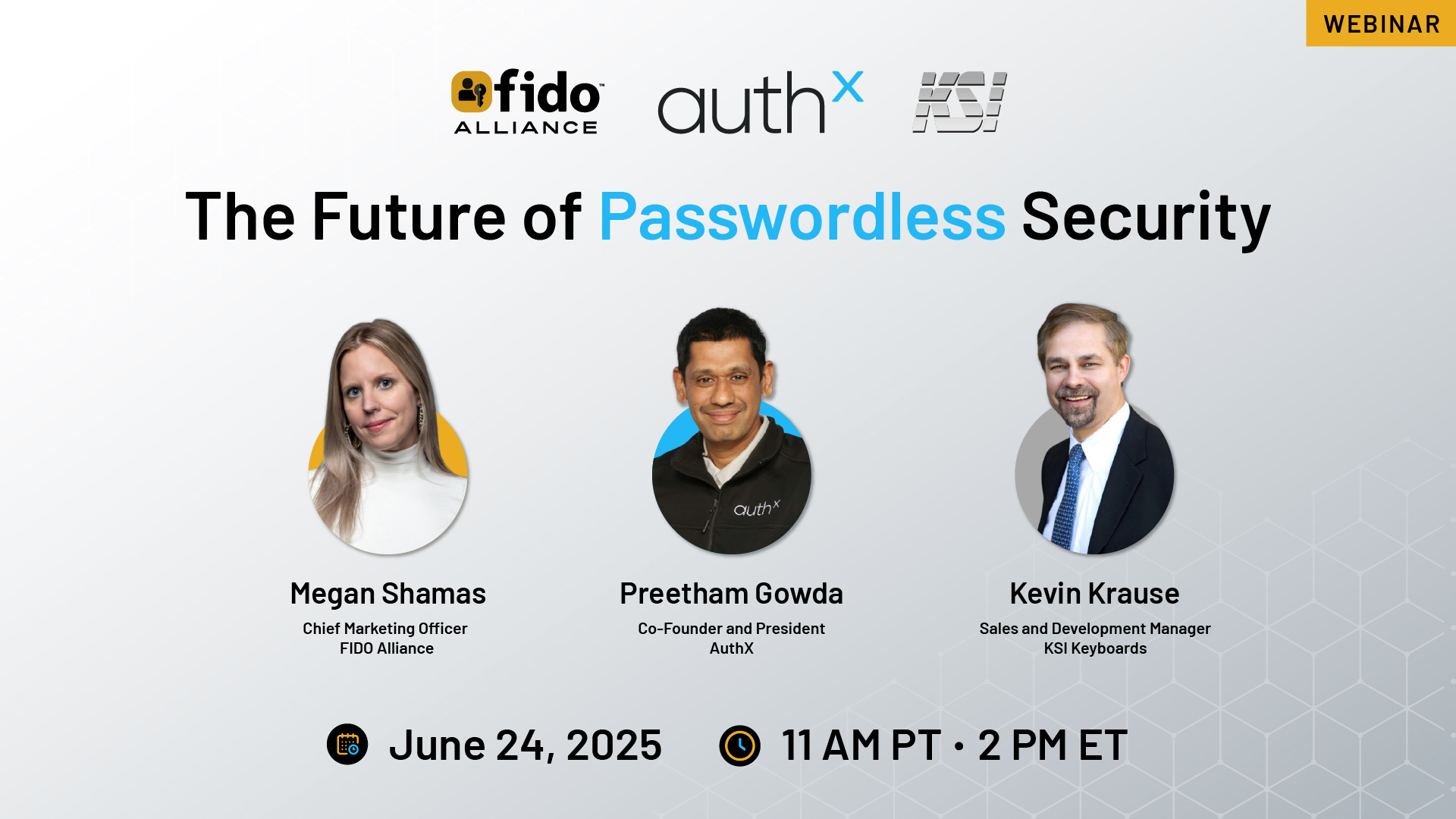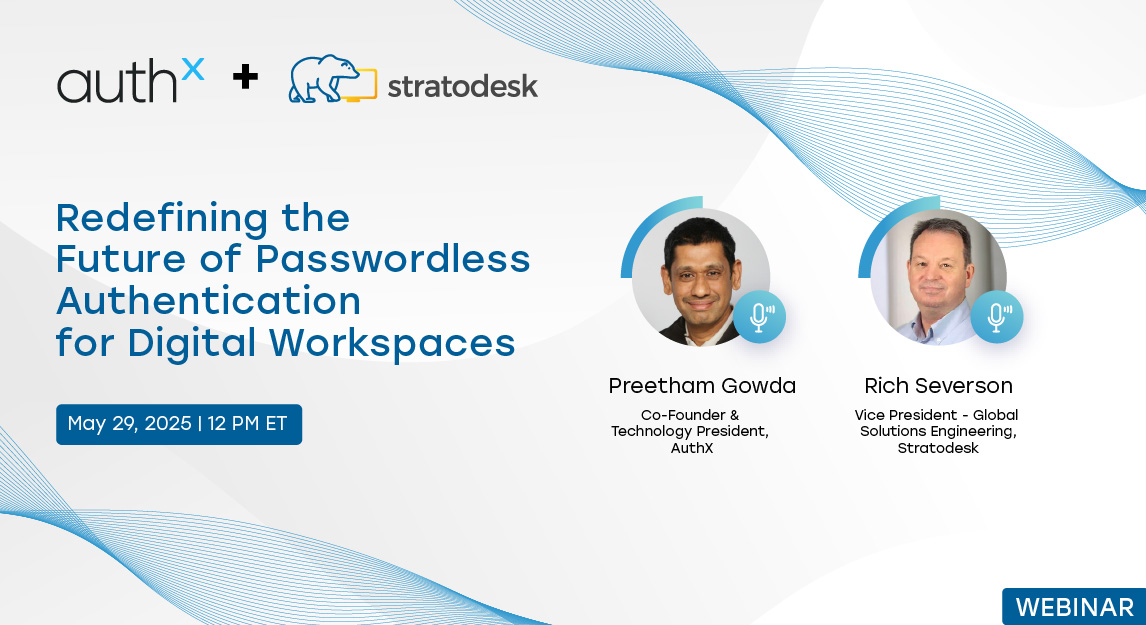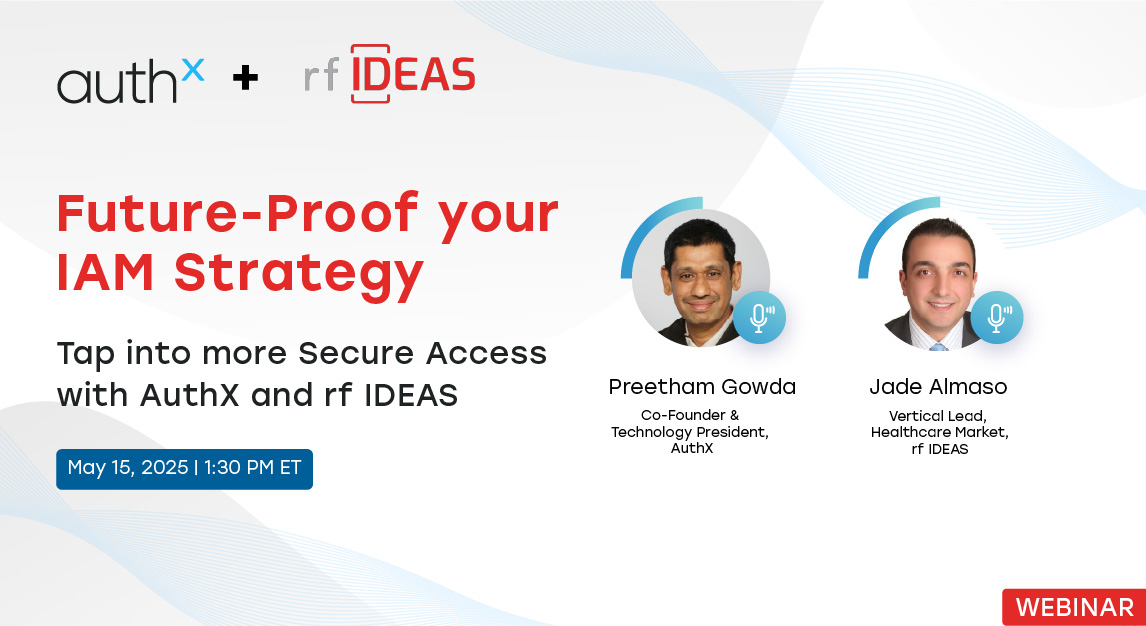Every login tells a story, but the real question is whether you can trust how it ends. Attackers are no longer breaking in through the front door; they’re walking in with valid credentials. In fact, 29% of U.S. adults have experienced an account takeover, up from 22% just a few years ago. With remote work widening the attack surface, trust can’t stop at a password or a one-time code. Identity assurance bridges that gap by verifying, continuously, that the person behind the screen is still who they claim to be. It’s not just about logging in; it’s about staying certain in real time.
In this article, we’ll break down what identity assurance really means, why it’s becoming essential for modern security teams, and the key components that make it effective. We’ll also share practical steps for implementing it in a way that boosts both security and user experience.
Understanding Identity Assurance
Identity assurance is about maintaining confidence that a digital identity truly belongs to the right person, not only at the moment of login, but throughout its entire lifecycle. It involves three key stages: verifying an identity during the initial proofing process, confirming that identity during authentication events, and continuously monitoring for any changes that might reduce trust. Some teams refer to this as “ID assurance” or “assured identity,” but the principle remains the same: protect against impersonation, account takeover, and insider misuse by keeping trust in that identity consistently high over time.
Why It Matters Now?
Five years ago, authentication alone felt “good enough.” Not anymore. High-profile breaches have shown how attackers bypass authentication by tricking help desks, exploiting weak recovery processes, or hijacking sessions after login. Even with MFA in place, gaps remain when the focus stops at the initial login. Without ongoing identity assurance, organizations risk authenticating the wrong person and granting them free rein inside critical systems.
The stakes are rising:
- Credential-based attacks are cheaper than ever to run
- Hybrid workforces create more remote access points
- Fraudsters exploit onboarding and offboarding delays
- Certain industries like banking, healthcare, and government have strict compliance mandates for identity trust
How It Differs from Authentication?
Think of authentication as a snapshot. You check someone’s password or biometric at one moment in time. It answers, “Are you the person you claim to be right now?”
Identity assurance is the ongoing movie. It answers, “Are you still the right person across the entire lifecycle of this identity?” It’s not a replacement for authentication; it expands the scope.
That expansion includes identity proofing, continuous monitoring, adaptive re-verification, and integration with your broader identity and access assurance strategy.
The Role of NIST Identity Assurance Levels
To formalize this concept, the National Institute of Standards and Technology (NIST) defines identity assurance levels (IALs). These range from minimal self-assertion to highly verified identities.
| Identity Assurance Level (IAL) | Description | Example Use Cases |
|---|---|---|
| identity assurance level 1 | Self-asserted identity, no real-world linkage | Social media accounts |
| identity assurance level 1.4 | Basic evidence with partial verification | E-learning portals |
| identity assurance level 2 | Strong remote or in-person proofing | Online banking |
| identity assurance level 3 | Highest verification, often in-person with biometrics | Government systems |
Understanding your target identity assurance level IAL helps you align controls to the risks in your environment.
A Unified Identity Assurance Framework
Based on industry best practices and evolving threats, a strong identity assurance framework includes five integrated capabilities:
- Proof (Verify) – Collect and validate identity evidence at onboarding. This may include document verification, biometric checks, and authoritative database queries.
- Authenticate – Use phishing-resistant methods like passkeys or hardware-backed credentials.
- Monitor – Continuously collect behavioral and device signals to maintain confidence.
- Respond & Re-verify – Adapt workflows when risk changes, including step-up authentication or re-proofing.
- Unify – Ensure proofing, authentication, monitoring, and responses work seamlessly together.
This is not a theoretical model. It reflects the common approach to identity insurance that leading organizations are adopting right now.
Identity as a Continuous Signal
One of the most exciting developments in identity assurance is the shift toward treating identity as a continuous signal rather than a single verification event. Instead of relying solely on the moment a user logs in, modern systems monitor ongoing behavioral and contextual cues. A legitimate user’s typing patterns, mouse movements, and device profile form a unique baseline. If an attacker tries to use stolen credentials, their behavior will inevitably deviate from that baseline in subtle but detectable ways. With continuous analysis, organizations can trigger re-verification or even cut off access mid-session if the risk level suddenly spikes. It’s no longer just about verifying identity at the start; it’s about maintaining an assured identity for the entire duration of a session.
Behavioural Biometrics in Action
We once worked with a client who had recurring payroll fraud attempts. By implementing behavioral biometrics, they detected anomalies in typing speed and click paths that no human would naturally produce. This led to early detection of a bot-driven takeover attempt without disrupting legitimate users.
This illustrates the value of pairing continuous monitoring with your chosen identity assurance software.
Business Benefits
A robust identity assurance program delivers value beyond security:
- Security: Fewer credential theft incidents and faster detection of account misuse
- Operations: Reduced help-desk load, thanks to automated proofing and self-service recovery
- User Experience: Low friction, passwordless logins with dynamic step-ups only when needed
- Compliance: Alignment with regulatory requirements and potential participation in the global assured identity network
Implementation Best Practices
- Start with phishing-resistant authentication such as FIDO2 or passkeys
- Embed identity proofing into onboarding and re-proof during high-risk changes
- Instrument endpoints for behavioral and device telemetry
- Integrate proofing, authentication, and risk scoring in a single workflow
- Use policy-driven adaptive responses to trigger step-up authentication or lockouts
- Empower managers and HR to attest to identity in specific workflows
- Include pre-employment identity checks to stop fraud before hiring
- Maintain full audit trails and SIEM integration for visibility
- Safeguard privacy with strict data handling policies
- Continuously test and refine thresholds to minimize false positives
Deploying Identity Assurance Effectively
A strong identity assurance program isn’t just about the technology you choose; it’s about how you design, integrate, and roll it out. A hybrid approach works best for most organizations: lightweight endpoint agents that collect relevant signals, paired with a cloud-based risk engine for real-time scoring. This keeps the process fast for users while enabling continuous, adaptive checks.
Integration is critical. The right solution should connect seamlessly with your IAM systems, SSO, HR databases, and security monitoring tools, ensuring every piece of your security stack works together.
Concerns about privacy and usability often come up. Modern behavioral biometric systems can process data locally, transmit only anonymized risk scores to the cloud, and stay compliant with privacy laws. As for false positives, careful tuning of risk thresholds and a phased rollout can dramatically reduce friction while still catching suspicious activity.
How AuthX Helps?
At AuthX, we take a full-lifecycle approach to identity and access assurance, ensuring trust from the very first interaction to every subsequent login and session. Our platform brings together automated identity proofing during onboarding, passwordless and phishing-resistant authentication methods, continuous behavioral and device monitoring, and adaptive response workflows integrated with your SIEM. This combination strengthens security and reduces friction for legitimate users.
TL; DR Checklist
Here’s your quick reference:
- Understand your required identity assurance level before designing controls
- Start with phishing-resistant authentication
- Make continuous monitoring a core component
- Map risk events to clear, automated responses
- Integrate proofing and authentication into one workflow
- Ensure privacy and compliance from day one
- Leverage SIEM integration for visibility and investigation
From One-Time Checks to Ongoing Assurance
The security conversation is shifting. It’s no longer enough to authenticate someone once and hope for the best. As attackers get smarter and workforces get more distributed, organizations must embrace continuous trust, guided by a clear identity assurance framework and powered by the right technology.
In our experience, the companies that succeed are those that treat identity assurance not as a checkbox, but as a living, adaptive program. If you haven’t yet mapped your target identity assurance level to your business risks, there’s no better time to start.
FAQs
What is identity assurance?
Identity assurance is the process of verifying and maintaining trust that a digital identity belongs to the correct person throughout its lifecycle.
How is identity assurance different from authentication?
Authentication checks identity at one moment, while identity assurance continuously monitors and adapts to keep trust high over time.
Why is identity assurance important now?
With 29% of U.S. adults experiencing account takeover, continuous verification helps prevent breaches caused by credential theft and session hijacking.
What are NIST Identity Assurance Levels?
NIST defines levels from self-asserted identities (level 1) to highly verified biometric identities (level 3) to guide security controls.
What tools help with identity assurance?
Strong programs use identity assurance software with proofing, phishing-resistant authentication, continuous monitoring, and adaptive response.

